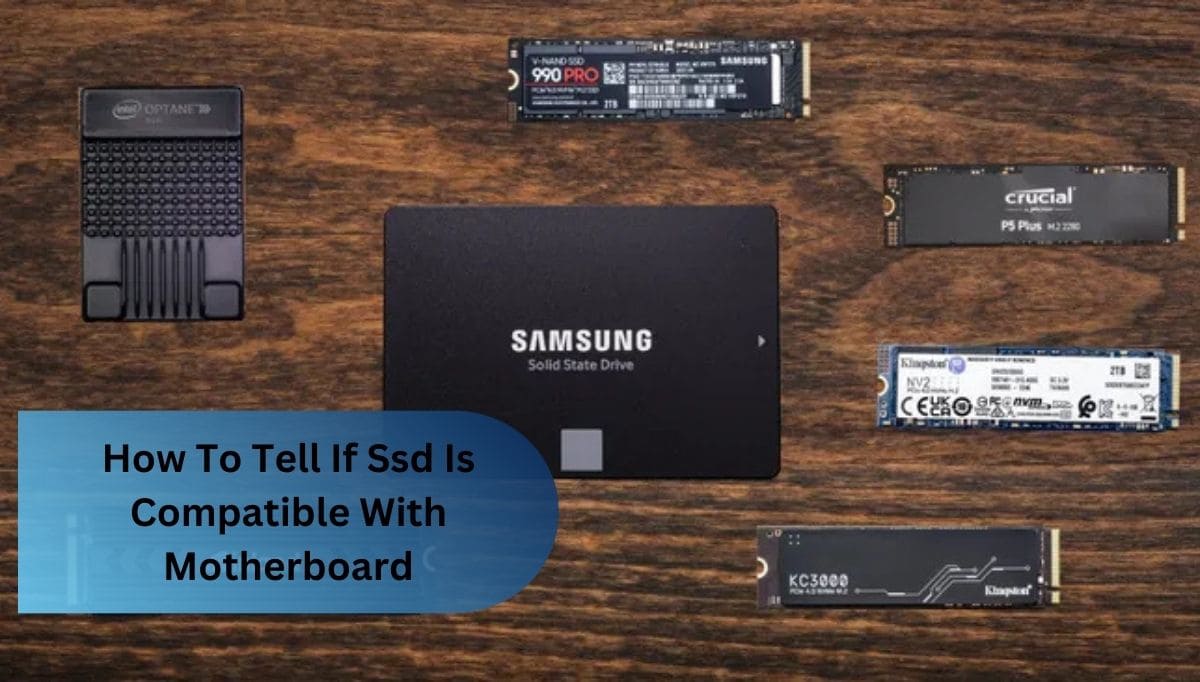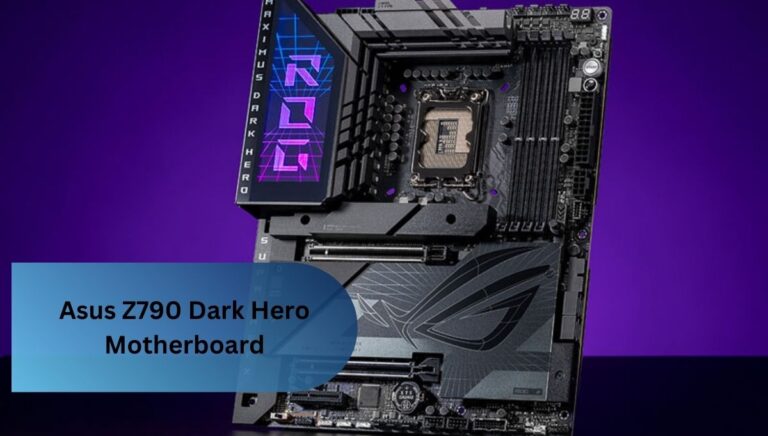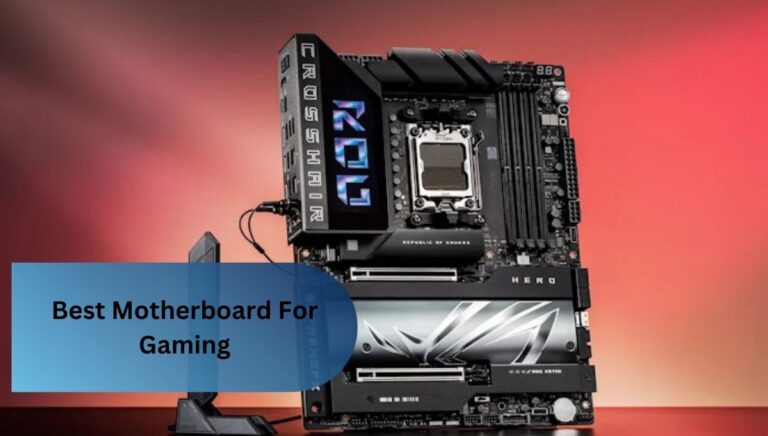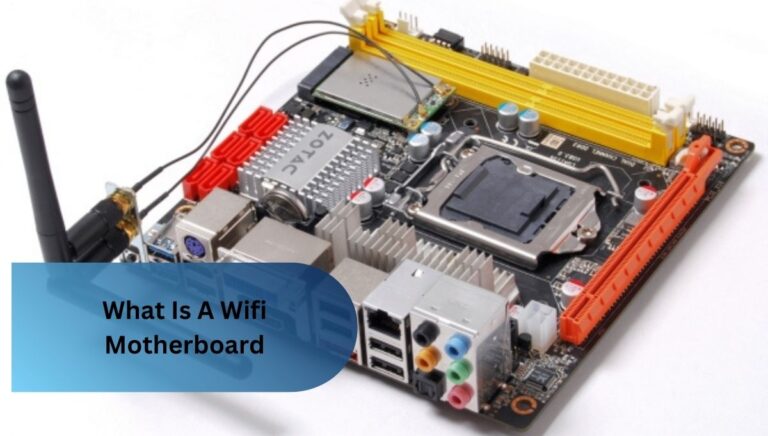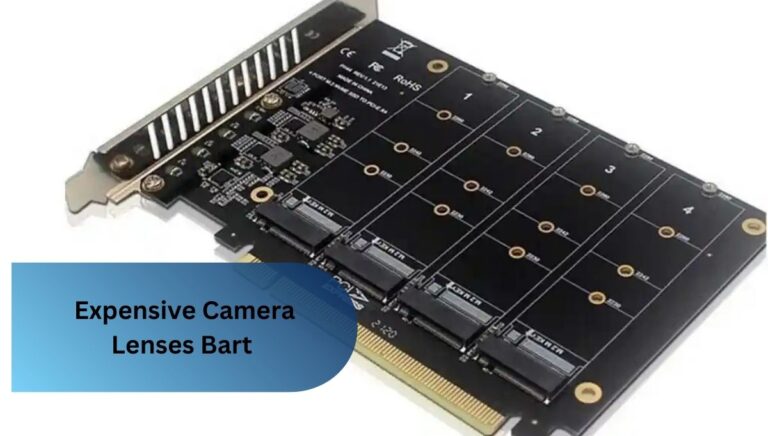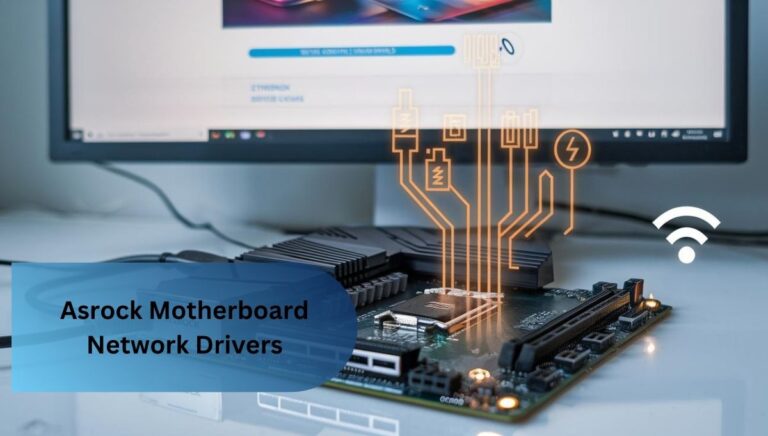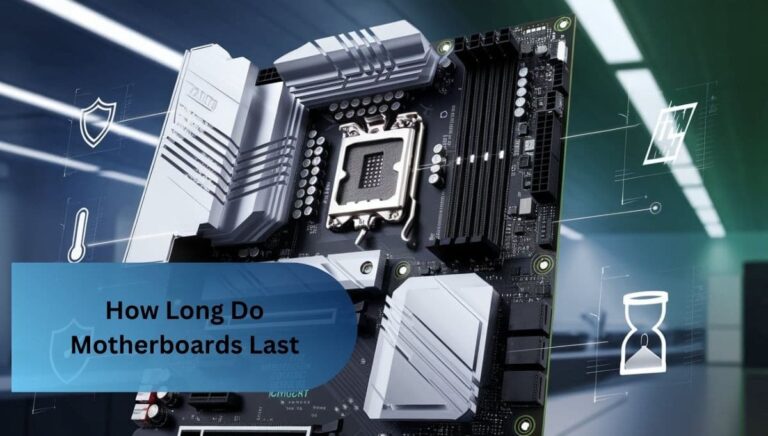How To Tell If Ssd Is Compatible With Motherboard – Check Compatibility Now!
When I upgraded my SSD, I first checked the motherboard’s manual to see if it supported NVMe. Then, I matched the M.2 slot’s key type and length with the new SSD. Finally, I updated the BIOS to ensure it recognized the drive.
“How to tell if ssd is compatible with motherboard” Check if your motherboard supports the SSD type (SATA or NVMe) and if the M.2 slot matches the SSD’s key type and size. Make sure the BIOS settings are compatible for proper recognition.
Introduction How To Tell If Ssd Is Compatible With Motherboard
When it comes to upgrading your computer’s storage, knowing how to tell if SSD is compatible with motherboard is essential to avoid issues. Checking compatibility involves understanding the type of SSD, whether it’s SATA or NVMe, and confirming if the motherboard supports that type. It’s also important to verify if the M.2 slot on the motherboard matches the SSD’s key type and length.
Additionally, ensuring that the motherboard’s BIOS settings align with the SSD specifications can help ensure proper functioning. Understanding how to tell if SSD is compatible with motherboard ensures a smooth installation and boosts your system’s performance.
Know Your SSD Types
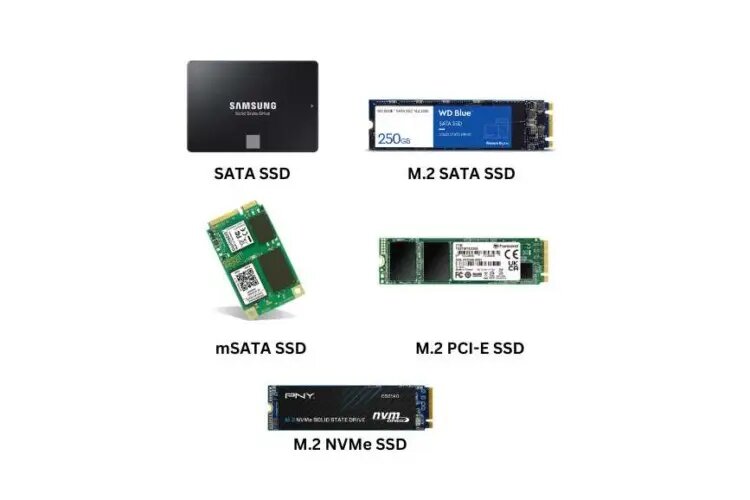
- SATA SSDs: Use a SATA cable to connect and are slower but more affordable.
- NVMe SSDs: Plug directly into the motherboard’s M.2 slot for faster speeds.
- M.2 Form Factor: Both SATA and NVMe can come in the compact M.2 form, but they have different connection requirements.
- PCIe Interface: NVMe SSDs use the PCIe lanes for high-speed data transfer.
- Storage Capacity: Both types offer various capacities, but NVMe usually performs better in speed tests.
Check The M.2 Slot
1. M.2 Interface Compatibility:
The M.2 slot on your motherboard can support either SATA or NVMe SSDs, so it’s important to know which type it accepts. NVMe uses the PCIe interface for faster data transfer, while SATA connects through the traditional SATA interface. Make sure the M.2 slot’s interface matches the SSD type you plan to install for proper compatibility.
Read Also: How Much Does It Cost To Replace A Motherboard – What To Know!
2. Key Type and Slot Configuration:
- Key Types (B-key or M-key): The notches on the SSD must match the slot’s key type for it to fit properly.
- Dual Compatibility Slots: Some M.2 slots support both key types, allowing for more flexibility in SSD choices.
- Slot Position: Make sure the slot is accessible and not blocked by other components like the graphics card.
3. Supported SSD Length:
M.2 SSDs come in different lengths, typically ranging from 42mm to 110mm, with common sizes being 80mm (2280) and 60mm (2260). Your motherboard may have markings or slots indicating the supported lengths, so it’s crucial to check before buying. Ensure the SSD length matches the supported size to fit securely in the slot.
Pcie Version And Lanes
The PCIe version and number of lanes your motherboard supports can impact the speed and performance of an NVMe SSD. Newer PCIe versions (like PCIe 4.0 or 5.0) offer higher data transfer rates compared to older versions. The number of lanes (x2, x4, etc.) determines how much data can be transferred at once, with more lanes providing faster speeds.
- PCIe Version: Ensure the motherboard supports the same PCIe version as the SSD for optimal performance.
- Number of Lanes: NVMe SSDs often use four PCIe lanes (x4) to achieve maximum speed.
- Backward Compatibility: PCIe is backward-compatible, but using a newer SSD in an older slot may limit performance.
Check Your Bios Settings
1. Enable the M.2 Slot:
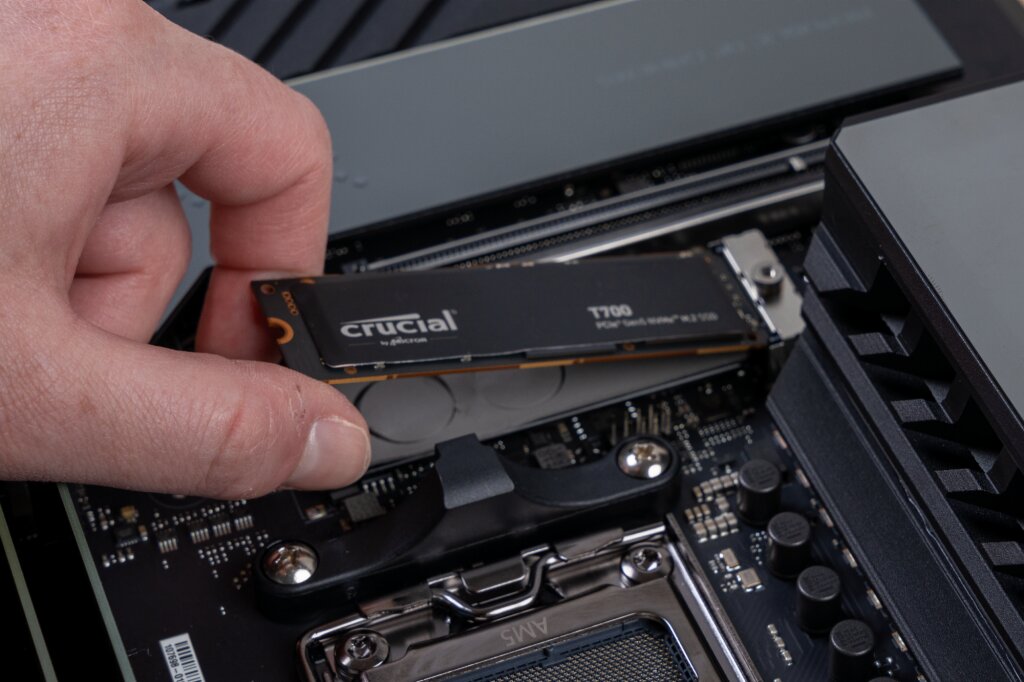
To enable the M.2 slot, you may need to access your motherboard’s BIOS settings. Look for an option related to M.2 or storage configuration and ensure it is set to enabled. If the slot is disabled, the system will not recognize the SSD, preventing it from functioning properly.
2. Set the Correct Drive Mode:
- AHCI Mode: If you are using a SATA SSD, set the drive mode to AHCI for optimal performance and compatibility.
- NVMe Mode: For NVMe SSDs, ensure the mode is set to NVMe to utilize the full speed and features of the drive.
- Automatic Detection: Many motherboards automatically detect the correct mode when an SSD is installed, but it’s good to verify in the BIOS settings.
3. Update BIOS for Compatibility:
Updating your motherboard’s BIOS can enhance compatibility with new SSDs. Manufacturers often release updates that improve support for the latest hardware. Check the manufacturer’s website for the latest BIOS version and follow their instructions to ensure your SSD works properly.
Read Also: How Long Should A Motherboard Last – Let’s Explore!
Look For Compatibility Information On The Manufacturer’s Website
- Specifications Section: Visit the motherboard’s specifications page to find detailed information about supported SSD types and sizes.
- Compatibility Lists: Some manufacturers provide lists of tested and compatible SSD models for easy reference.
- BIOS Updates: Check if there are any BIOS updates available that may enhance SSD compatibility and performance.
- User Manuals: Download the user manual for specific installation instructions and guidelines related to SSD compatibility.
- Support Forums: Browse community forums or support pages for user experiences and additional tips on SSD compatibility.
Verify Other Hardware Considerations
Before installing an SSD, consider other hardware factors that might affect compatibility and performance. Ensure your power supply can support the additional components without overloading.

Also, check for physical space in your case to accommodate the SSD, especially if you plan to install multiple drives. Finally, review your cooling system to ensure proper airflow, as SSDs can generate heat during operation.
- Power Supply Capacity: Confirm that your power supply has enough wattage to handle the new SSD and other components.
- Physical Space: Ensure there is adequate room in your case for the SSD without blocking other components.
- Cooling System: Assess your cooling setup to maintain optimal temperatures for the SSD during use.
FAQ’s
1. How do I find out what SSD is compatible with my motherboard?
To find out what SSD is compatible with your motherboard, check the motherboard’s manual or manufacturer’s website for specifications on supported SSD types, interfaces, and sizes.
2. Is SSD compatible with all motherboards?
No, SSDs are not compatible with all motherboards; compatibility depends on factors like the type of SSD, the motherboard’s M.2 slots, and the supported interfaces.
3. Why is NVMe faster than SATA?
NVMe is faster than SATA because it connects directly to the motherboard through the PCIe interface, allowing for higher data transfer rates. In contrast, SATA uses an older interface with slower speeds, limiting its performance compared to NVMe.
4. How can I know my SSD type?
You can determine your SSD type by checking its model number on the drive itself or by looking up the specifications on the manufacturer’s website.
5. Are all M-2 SSDs compatible?
Not all M.2 SSDs are compatible; you need to check the key type, interface, and length to ensure a proper fit with your motherboard.
Conclusion:
Determining how to tell if SSD is compatible with motherboard involves checking the type of SSD, the M.2 slot configuration, and the BIOS settings. Understanding the specifications and requirements ensures a smooth installation process.
Taking these steps will help you make the right choice for upgrading your storage without any compatibility issues.
Read More:
